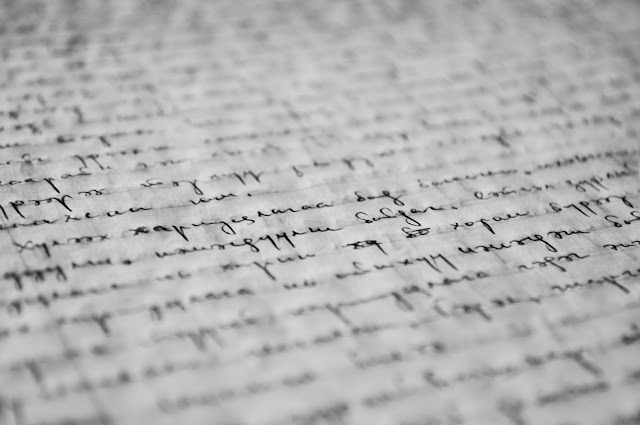Elevate Your Packaging Game: A Comprehensive Look at Post-Printing Machines Introduction: In the ever-evolving landscape of packaging, staying ahead of the competition requires innovation and efficiency. Post-printing machines have emerged as game-changers in the packaging industry, offering manufacturers unparalleled flexibility and quality in producing corrugated boxes. This comprehensive guide aims to delve into the world of post-printing machines, exploring their functionalities, benefits, and the transformative impact they have on elevating packaging standards. Understanding Post-Printing Machines: Post-printing machines are integral to the manufacturing process of corrugated boxes, enabling the application of graphics, text, and branding onto pre-formed boxes. Unlike pre-printing methods, which occur before corrugation, post-printing takes place after corrugation, allowing for greater customization and efficiency. Types of Post-Printing Machines: Flexographic Printing Presses: Th...
Letterpress printing advantages and disadvantages
Letterpress printing has both advantages and disadvantages compared to other printing methods. Here are some of the main ones:
Advantages:
- High-quality results: Letterpress printing produces sharp, clear lines and deep, even impressions that are difficult to replicate with other printing methods. This creates a unique, tactile effect that is highly sought after for its aesthetic value.
- Versatile: Letterpress printing can be used to print on a variety of surfaces, including paper, fabric, and even wood or metal.
- Unique look and feel: The tactile quality of letterpress printing creates a distinct look and feel that is hard to replicate with other printing methods, making it a popular choice for specialty printing projects.
- Eco-friendly: Letterpress printing uses less ink and fewer materials than other printing methods, making it a more eco-friendly choice for environmentally-conscious businesses.
Disadvantages:
- Limited color options: Letterpress printing is typically limited to a small number of ink colors, and producing multi-color designs can be time-consuming and expensive.
- High cost: Due to the labor-intensive process involved in letterpress printing, it can be more expensive than other printing methods, particularly for small print runs.
- Time-consuming: Letterpress printing is a slow process that requires a high level of skill and attention to detail, which can make it time-consuming and impractical for larger projects or tight deadlines.
- Limited design flexibility: Letterpress printing requires individual metal or wooden blocks for each letter or character, making it more difficult to make last-minute changes or revisions to the design.
Overall, letterpress printing is a specialized printing method that offers unique benefits and limitations. It is particularly well-suited for small-scale, high-quality printing projects where the tactile quality and vintage look of the printed material are important factors.

Comments
Post a Comment